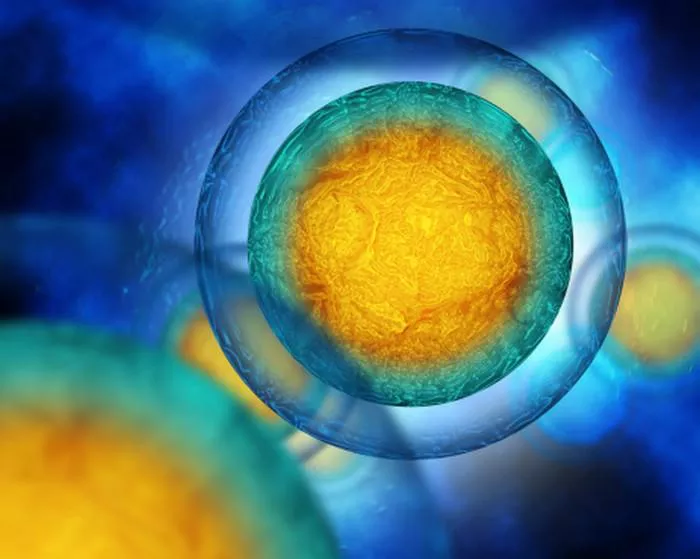Embarking on the journey of parenthood is an exciting and life-changing decision for many couples. Understanding the optimal time to conceive after a period is essential for maximizing the chances of successful conception. In this article, we’ll explore the intricacies of fertility and delve into the question: When is the best time to conceive after a period? Join us as we unravel the mysteries surrounding ovulation, the menstrual cycle, and the golden window of fertility.
Navigating the Menstrual Cycle
The menstrual cycle, a complex interplay of hormonal fluctuations and physiological changes, sets the stage for ovulation and fertility. On average, a menstrual cycle lasts about 28 days, although variations are common among women. The first day of menstruation marks the beginning of the cycle, with ovulation typically occurring around the midpoint.
Identifying the Fertile Window
The fertile window, a brief yet crucial period within the menstrual cycle, offers the best opportunity for conception. This window typically spans a few days before and after ovulation, providing the optimal conditions for fertilization to occur. Identifying and capitalizing on this fertile window is key for couples trying to conceive after a period.
Factors Affecting Ovulation Timing
Several factors can influence the timing of ovulation and the best time to conceive after a period:
Menstrual Cycle Regularity:
Women with regular menstrual cycles may ovulate predictably around the same time each month, making it easier to pinpoint the fertile window. However, women with irregular cycles may experience variability in ovulation timing, requiring closer monitoring.
Hormonal Fluctuations:
Ovulation is triggered by a surge in luteinizing hormone (LH), which occurs approximately 24-36 hours before ovulation. Tracking changes in hormone levels can help predict when ovulation is likely to occur and the best time to conceive.
Cervical Mucus Changes:
Changes in cervical mucus consistency and volume can provide valuable clues about ovulation timing. As ovulation approaches, cervical mucus becomes clear, slippery, and stretchy, resembling the consistency of egg whites.
Tools for Tracking Ovulation
Fortunately, several methods can help women track ovulation and identify the best time to conceive after a period:
Ovulation Predictor Kits (OPKs):
OPKs detect the surge in LH that precedes ovulation, providing a reliable indicator of impending ovulation. These kits are available over the counter and are simple to use, making them a popular choice among couples trying to conceive.
Basal Body Temperature (BBT) Charting:
BBT charting involves tracking subtle changes in basal body temperature throughout the menstrual cycle. A slight rise in temperature indicates that ovulation has occurred, helping women pinpoint their fertile window.
Calendar Method:
The calendar method involves tracking menstrual cycles over several months to identify patterns and predict ovulation. While less precise than other methods, it can still provide valuable insights into ovulation timing.
Conclusion:
In conclusion, the best time to conceive after a period revolves around the fertile window within the menstrual cycle. By understanding the intricacies of ovulation, identifying factors that influence its timing, and utilizing tools for tracking fertility, couples can optimize their chances of successful conception. Remember, patience, persistence, and proactive planning are key as couples navigate the exciting and sometimes challenging path to parenthood. Trust in the body’s natural rhythms, stay attuned to subtle changes, and embrace the journey with hope and optimism.






















